No matter who you ask in discussion forums when looking for a starting point to process a particular film and developer combination you will always run into the troll who says “You need to test it for yourself”. Well that is not always true as there is plenty of information out there for common developers like HC-110 and common film. The massive dev chart also has manufacturers recommendations as does the manufacturers info sheets. 80% of the time this will get you in the ball park for a nice negative for printing.
But as soon as you venture off into unusual developers or alternate processes the information becomes less frequent and reliable. Each artist has something they are trying to accomplish that the standard process does not provide. And some of us just like to tinker and try something other than the standard method. You also need to know how your film reacts to varying lighting conditions and whether you need to pull the developer early or let it run longer. The advanced testers have all sorts of scientific tools and rules that will give them a specific density of the negative for a given developer and process. I just want a basic understanding so I can make an informed decision what happens to the film for different times. I also want to see the difference between a traditional coated film vs a modern coating.
Most of the landscape images I shoot have a difference in subject brightness around 5 to 6 stops, which fits neatly between Zones II (or III) and VIII. I usually meter such scenes and place the average on Zone V. But I do sometimes get scenes with as few as 3 stops or as much as 8 stops. I am also switching to Pyrocat HD developer using minimal agitation and a non-standard dilution. I have researched and determined my normal time should be around 20-25 minutes for a normal scene. I like shadow detail and good separation in mid tones. Highlights such as sky are not always that divided in tones that I need to have as much separation as I can in the middle tones where tree bark, rocks, and leaves tend to be.
I could use a step wedge and see scientifically how the tones are compressed or expanded but where is the fun in that. So I pointed my camera at my backyard around 9:00 in the morning to an area that had shady sections with separation of tones, sunny sections with brighter tones, and open sky. Across the image the EVs metered ranged from 8.1 to 15.4 for the open sky so a variance of 7.3. Within the image I can also watch what shadows do for various times of development as well as overall separation of midtones vs dark tones. How white the sky will go vs the darkest part of the shadows. A near perfect test subject. Some puffy white clouds would have been nice to have but I can assume they would be another half stop. I exposed 4 sheets of Ilford FP4+ and 4 sheets of Delta 100 within a five minute period. I used a lens with a reliable shutter stopped down to f22 for 1/2 second. Rating both films at EI 100. The darkest shadow area with detail suggested f22 for 2 seconds (18% grey/Zone V) so I reduced time 2 stops to 1/2 second which should put it at zone III and my brightest areas will fall up around zone X+.
The test plan:
Pyrocat HD 4.5ml part A + 3ml part B + 525ml water to make enough to fill my sp-445 tank, with temperature around 70 degrees. I will put 1 4×5 sheet of each film FP4 and Delta 100 into the tank at the same time. I think it would be normal for me to develop 2 sheets at a time. I will pre-soak films for 5 minutes and begin initial agitation for 2 minutes then 30 seconds at roughly 1/3rd of the remaining time with 30 seconds before total time. Water stop bath and fix for 5 minutes in TF4 then a final wash using dump and fill method. After drying I will contact print with my normal grade 2 settings all 4 sheets of same film on one 8×10. Eventually I may contact print the FP4 vs Delta100 to see the tonal differences at each time.
* After the first 3 tests I was able to see the trend of separation in certain tones and decided to try a different ratio. So test #4 is 3ml part A + 2ml part B + 500ml water. Total time 24.5minutes. I want to compare highlights and shadow separation with test #2 to determine which mix I like better.
| Test# | Initial | Agitate at | Agitate at | Total Time | initial thoughts |
| 1 | 2 | 6 | 10 | 15 | a little under developed |
| 2 | 2 | 8 | 15 | 22.5 | Good negative |
| 3 | 2 | 11 | 20 | 30 | denser negative |
| 4* | 2 | 9.5 | 17 | 24.5 | good overall |
The test went well with no mishaps so far that I can tell. #2 negative gave a sky density that I could still read text through but barely. Stay tuned for the print results….
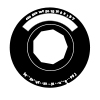
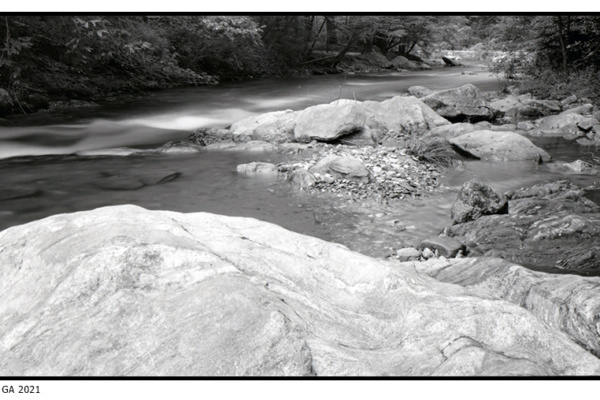
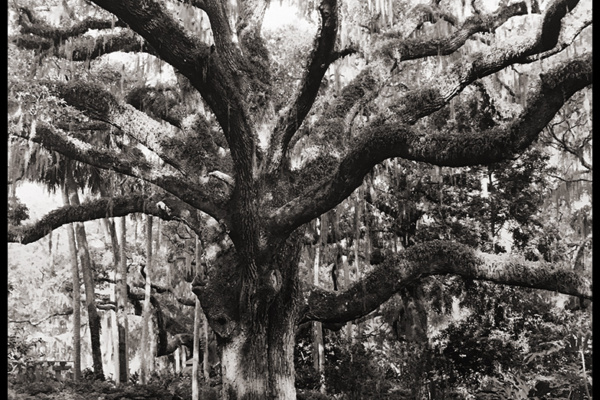
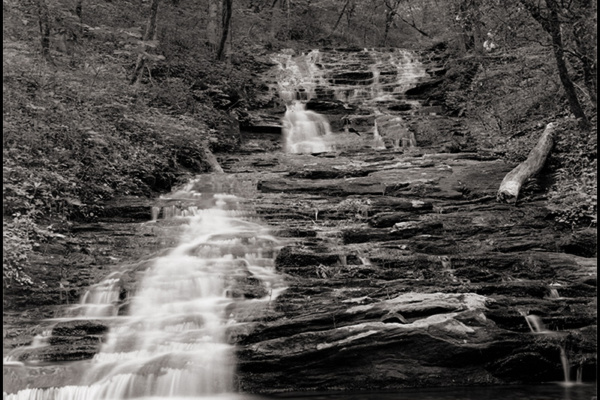
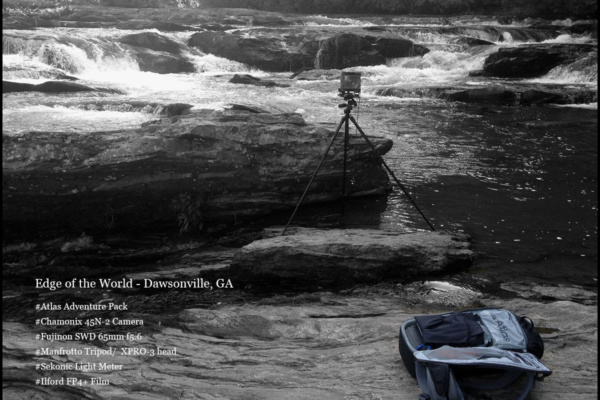
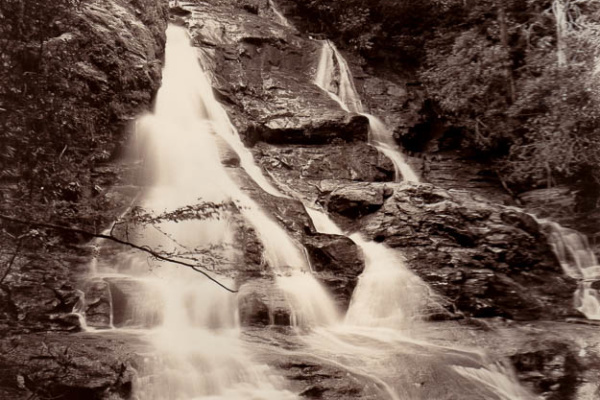
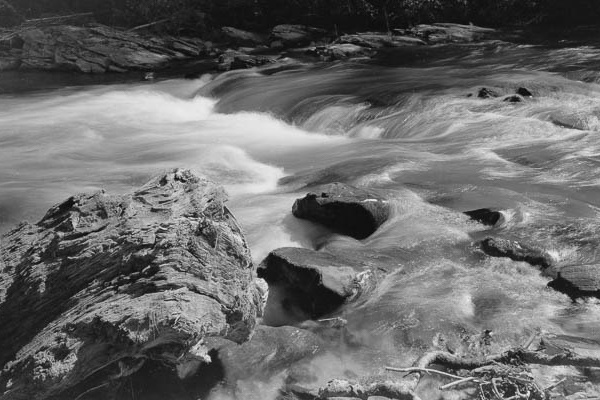
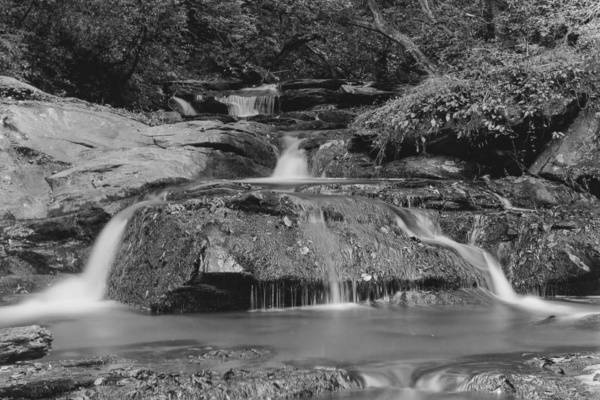
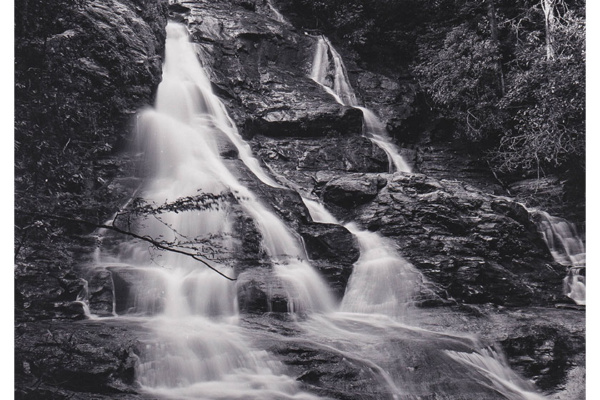
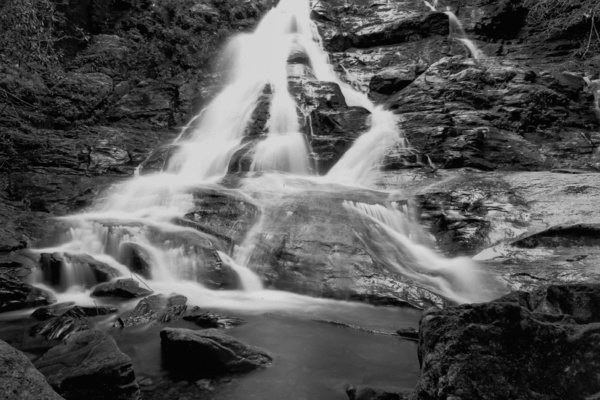
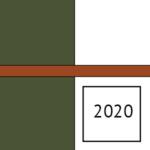 New Site colors for Spring 2020
New Site colors for Spring 2020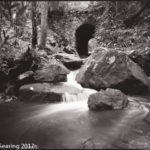 Reshoot day
Reshoot day